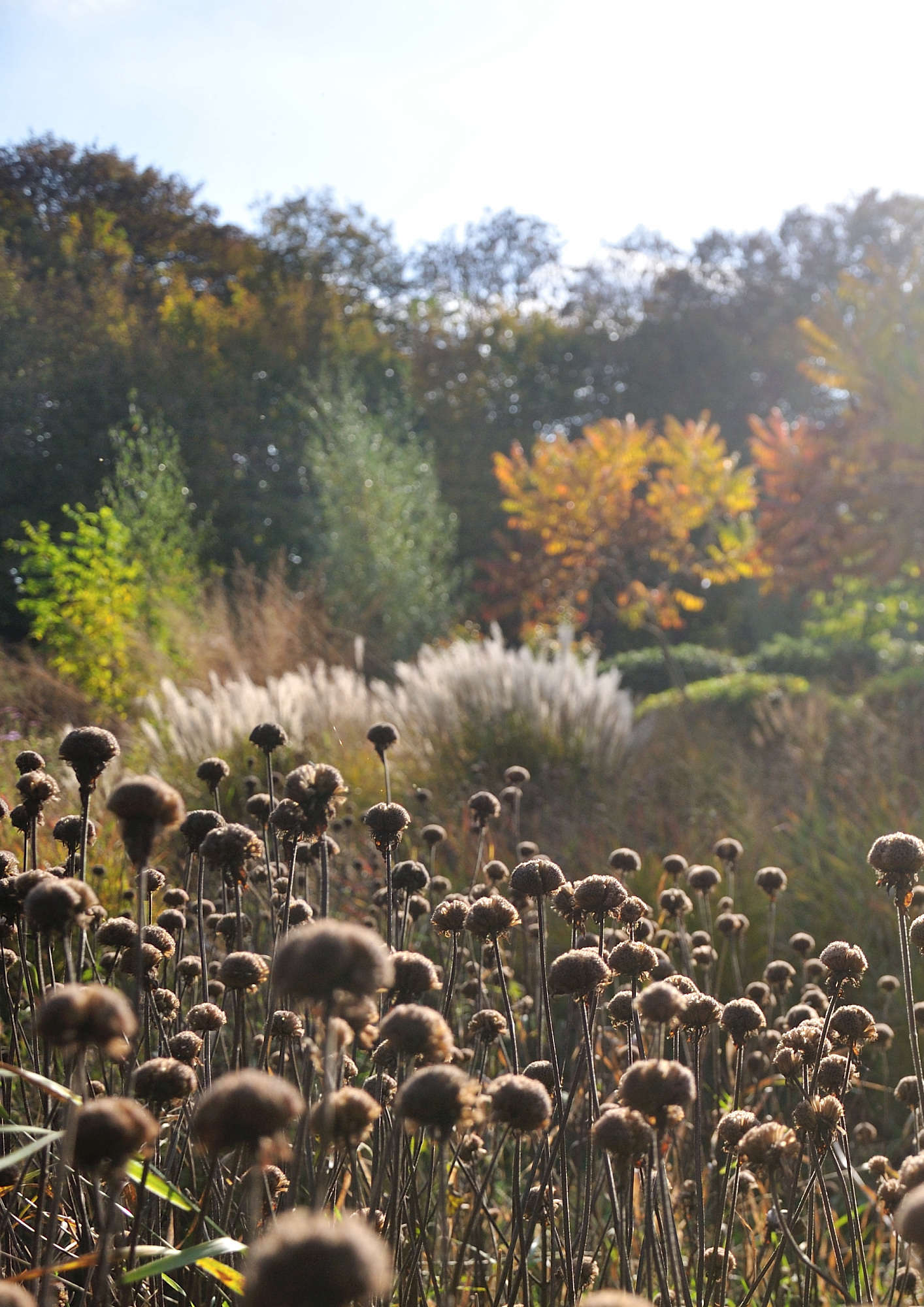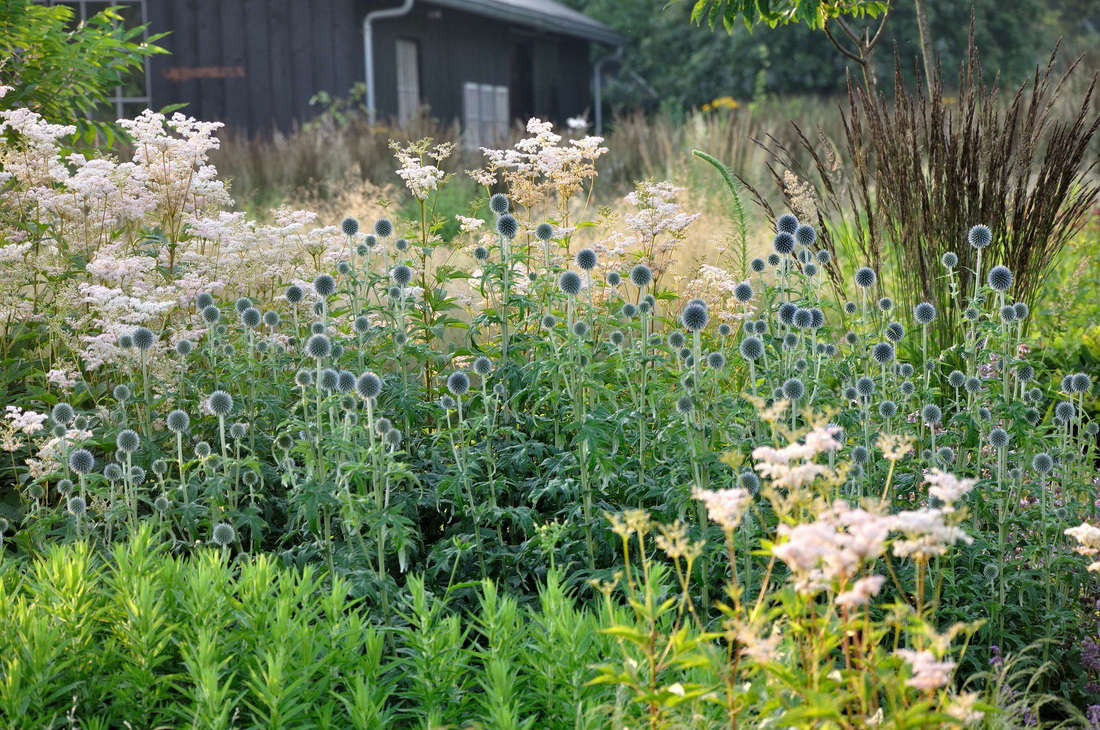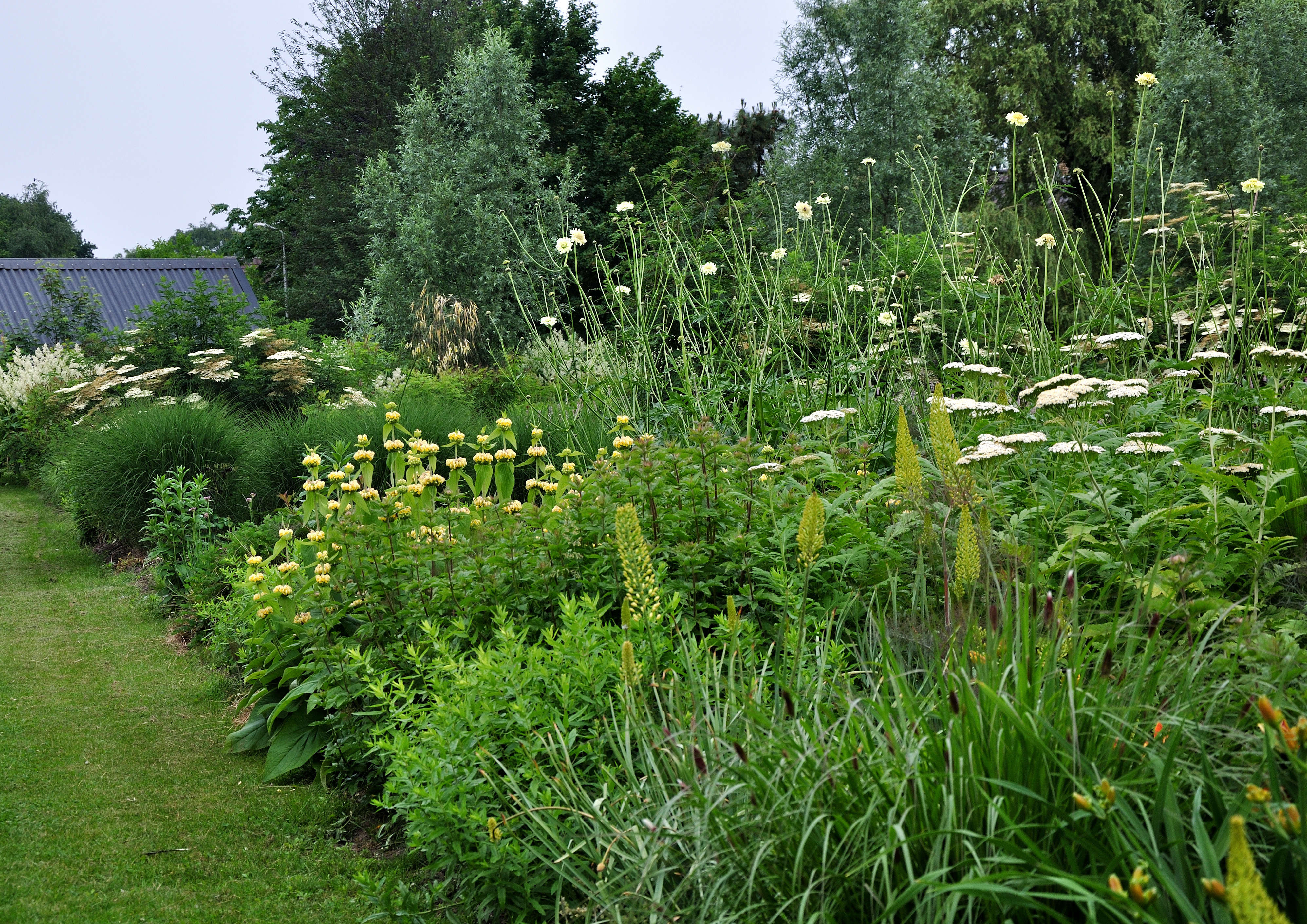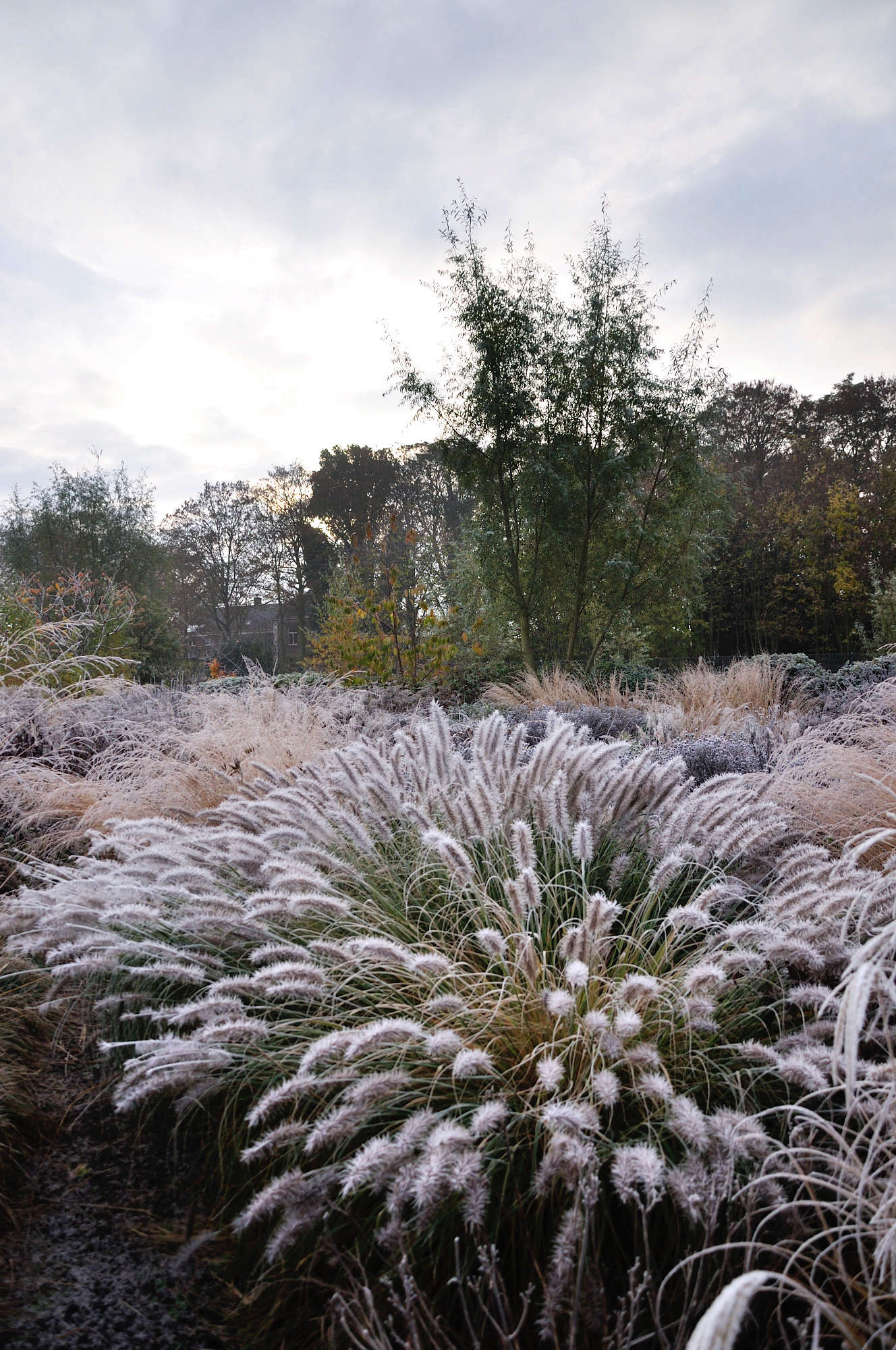In fall the Instagram feeds many of our favorite gardeners, quite understandably, start to wither or move indoors. Not so that of Dutch garden designer Frank Heijligers. Indeed, much like the dames of imperial Russia, who, rather that retreating from the cold, donned furs and tiaras in anticipation of the social high season, Frank’s winter garden seemed to reach the height of its sparkling charm.
Enchanted, we decided to ask Frank, who grows grasses, perennials, trees, and shrubs at his nursery, PLANTWERK, to divulge his secrets for a successful winter garden. Here are 9 tips for adding sparkle and moody color:
Photography by Frank Heijligers.
Embrace Black

“Successful winter gardens need a lot of plants with good structure in them,” says Frank. “The plants have to be strong and have more than one interest: nice foliage, bloom, color, seed head, change of color in fall, strong skeleton in winter.”
Long-Lasting Seedheads

Fill the Gaps


Frost-Proof Plants

“Hosta or Alchemilla mollis are plants that look good early on in the year, but with the first bit of frost, they collapse,” Frank says. “You need plants like Phlomis, Aster, Eupatorium, Veronicastrum, and Anemone combined with grasses like Deschampsia, Miscanthus, Sporobolus, and Festuca mairei to make the garden look good until March.”

Bonus: birds love all the leftover seedheads in Frank’s hibernal garden.
Feathery Textures

Like many of the great Dutch gardeners that inspired him, such as Piet Oudolf, Dan Pearson, Tom Stuart-Smith, Dan Kiley, and Mien Ruys, Frank prefers structured perennials and textured grasses.


Add Structure

“[Along] with big plantings of perennials and grasses, I like to use cloud hedges of Beech or Cornus, for example,” Frank says. “Even though those plants lose their foliage (Beech keeps those nice brown-copper dried leaves), they provide a lot of structure in winter and early spring. The look of the garden is modern, with strong lines and focal points. When the plants begin to grow, you gradually loose those lines and you get a totally different-looking garden.”
The Charms of Decay

Late-Season Color

“After the blooming period comes the decay,” says Frank. “Every period has its own charm. And in February it’s great to cut it all back and start all over again with a clean slate.”


Frost Is Your Friend


Stop dreaming of summer and get outside. Here are more ways to revel in your winter garden:
- Can This Garden Be Saved: “There is Nothing to Look at in Winter”.
- A Winter Berry Garden to Feed Birds.
- Hike of the Week: A Winter Wonderland in Maine.
- 5 Favorites: Add Color to a Winter Garden.









Have a Question or Comment About This Post?
Join the conversation